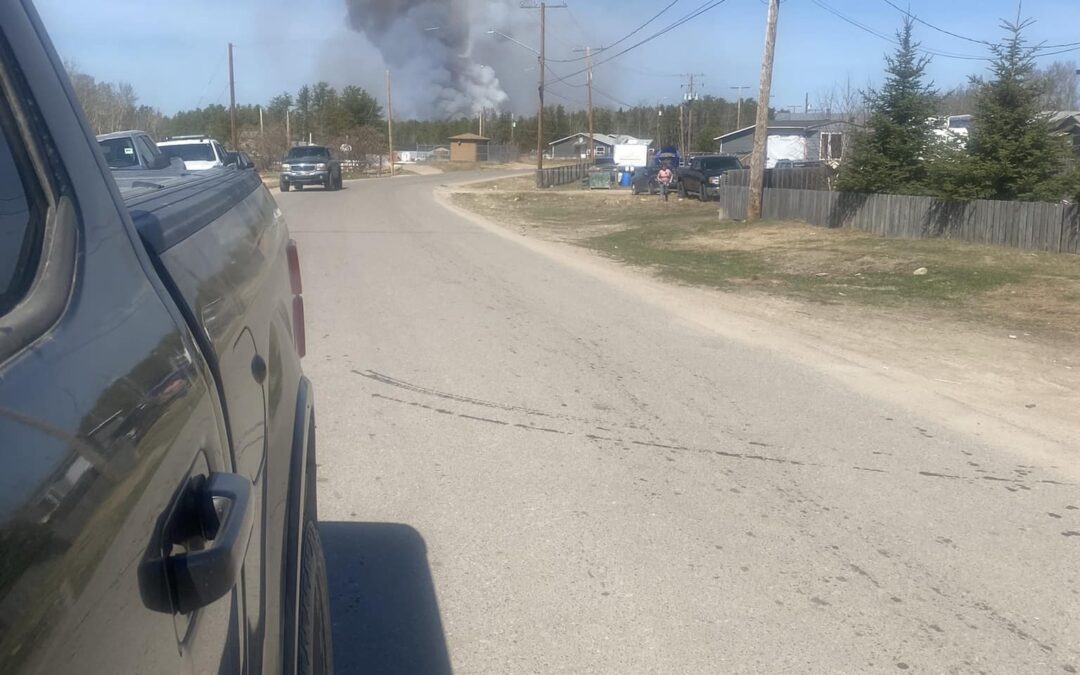Wildfire crews are intensely battling five blazes in Northern Saskatchewan.
The “VERMETTE” fire southwest of Dillon has grown in size. On Monday that fire was 26,000 hectares, today it is 45,000 hectares.
Type 1 Crew Members, Type 2 Crews, Heavy Equipment, Helicopter Support, Air Tanker Support are actively fighting the fire.
“Crews continue to work on the northeast flank of the perimeter and have helicopters bucketing to prevent fire expansion. Will continue to use the water tenders to action any spot fires and the dozers to expand and complete the fire guards. Crews will be put in place on the line when the conditions are safe and will continue to maintain the values protection units that are up around the hamlet. Winds have shifted to north, northwest which is favorable,” stated today’s fire report from the Saskatchewan Public Safety Agency.
The “SHAW” fire southeast of Dillon, too, has grown from 25,000 hectares yesterday to 47,000 hectares.
Type 1 Crew Members, Type 2 Crews, Heavy Equipment, Helicopter Support, Air Tanker Support are dispatched to the blaze.
“With the northwest winds it is expected to have poor visibility in the area. Crews will be setting up and servicing value protection units on the Churchill River and Rosser Bay areas. Crews will be continuing to establish a dozer guard to secure the fire perimeter. Support SaskPower crews with their infrastructure in the area,” stated the report.
The “SMITH” fire north of Pinehouse is approximately 42,000 hectares in size.
“Fire has breached highway 914. Aerial detection is not available due to visibility in the area. Fire is currently being monitored by the Wildfire Detection Unit and Detection Aircraft when required,” the report indicates.
The “WISTIGO” fire southeast of Pinehouse Lake is 11,000 hectares.
Type 1 Crew members, Type 2 Crews, Heavy Equipment, Helicopter Support have been deployed.
“Crews will complete value protection setups on cabins. Putting together a plan for the south end of Besnard Lake. The fire will be monitored for potential indirect attack opportunities, areas are being assessed for building a fire line,” the report said.
The “MEYAK” north of Weyakwin is 1560 hectares.
Type 1 Crew members, Type 2 Crews, Heavy Equipment, Helicopter Support, Air Tanker Support are tasked in battling that fire.
“Crews will be working on the NE and SE flanks with dozers. Helicopter support will be working on the east end of the NE corner. Crews will be working on hotspots as well as setting up and maintaining value protection units,” explained the report.
